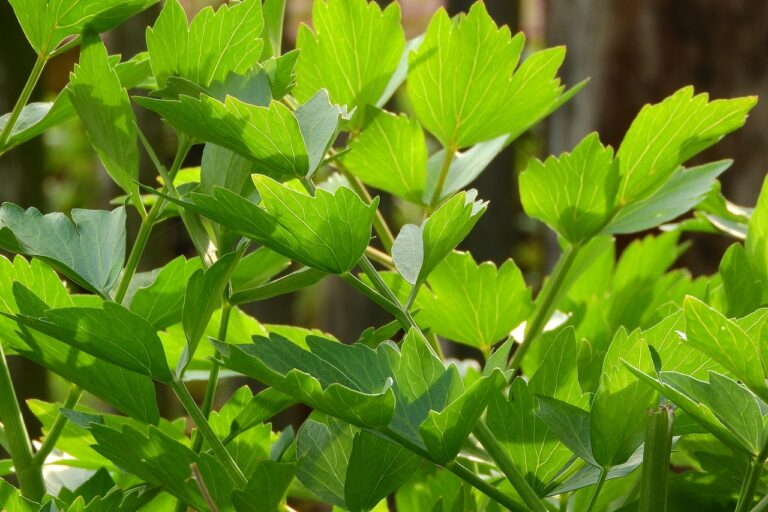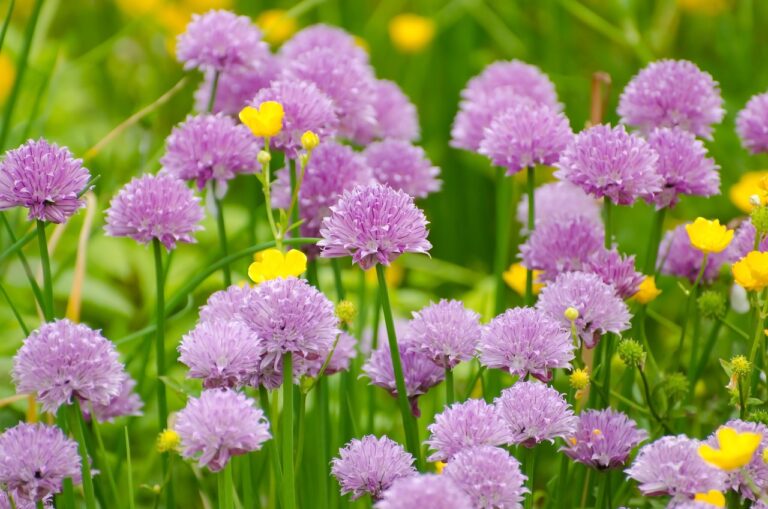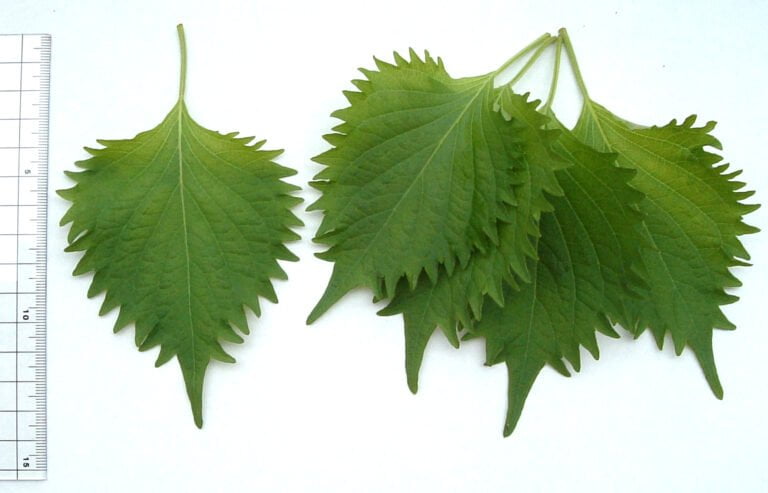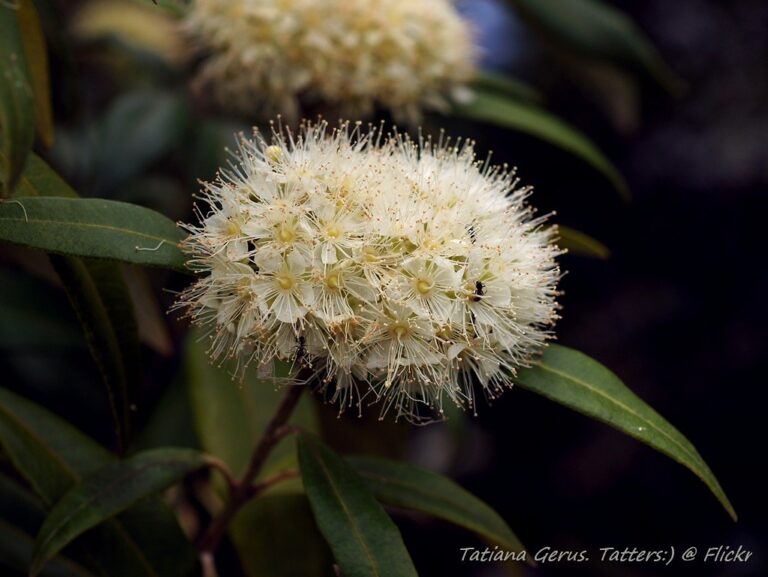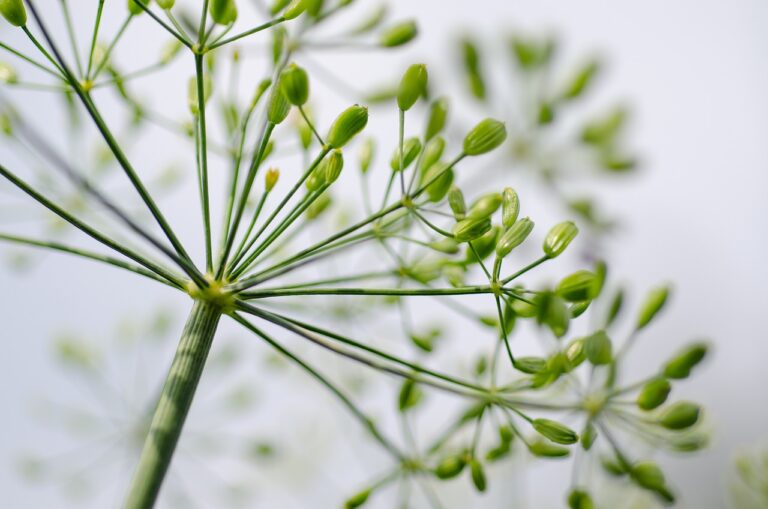Chervil
Chervil, or French parsley, hails from the Middle East, Russia, and the Caucasus. Its delicate, fern-like leaves thrive in well-drained soil and partial sun. As a biennial plant, it blooms small white flowers from late spring through summer. Culinary-wise, it complements fines herbes, offering a delicate taste hinting at liquorice or aniseed. Best enjoyed fresh, added towards the end of cooking. Health-wise, it aids digestion and may reduce blood pressure, but care is needed due to some risks. If you’re curious about its growth, culinary uses, or chemistry, fascinating details await about this herb’s many facets.
Chervil Overview
Chervil, also known as French parsley, hails from the Middle East, Russia, and the Caucasus, making it a versatile culinary herb with a unique flavor profile. This herb is characterized by its delicate, fern-like leaves and small white flowers that bloom from late spring to summer. Chervil is a biennial plant that thrives when grown outdoors in early spring, preferring well-drained soil and partial to full sun exposure.
The fern-like leaves of chervil are essential in French cuisine, where it is used to season a variety of dishes such as poultry, seafood, and vegetables. Its flavor is often described as resembling parsley with subtle hints of licorice, adding a fresh and aromatic element to dishes. Chervil is an annual herb that can be harvested continuously throughout the spring, summer, and fall seasons, withstanding light frost.
When cultivating chervil, it is vital to provide the plant with adequate sunlight and well-draining soil to support its growth. The white flowers that adorn chervil plants not only add aesthetic appeal but also attract beneficial insects to the garden. Overall, chervil’s distinctive taste and appearance make it a sought-after herb in culinary circles, elevating the flavor profile of various dishes.
Culinary Uses
Enhancing culinary dishes with fines herbes, including chervil, brings a delicate and fresh flavor profile to a variety of foods. Chervil, a key component of French cuisine, is often used to season poultry, seafood, and vegetables. Its delicate taste, reminiscent of liquorice or aniseed, makes it ideal for enhancing the freshness of salads, fish, eggs, and more.
Chervil’s flavor pairs excellently with other herbs like parsley, chives, and tarragon, creating a vital and complex flavor profile. However, it is important to note that chervil is best used fresh and is not suitable for prolonged cooking times. The herb’s flavor diminishes significantly with extended heat exposure, so it is recommended to add chervil towards the end of cooking to preserve its delicate taste.
For culinary enthusiasts looking to incorporate chervil into their dishes, growing this herb indoors is a convenient option. Chervil thrives in pots on sunny windowsills, making it easily accessible for home cooks seeking to enhance their culinary creations with a touch of fines herbes like chervil.
Health Benefits
Believed to offer potential health benefits, chervil is associated with aiding digestion and possibly reducing blood pressure. Folk medicine has long suggested that chervil may help alleviate hiccups and other digestive issues, making it a popular choice for those seeking natural remedies. Studies on chervil’s essential oil composition have revealed the presence of various compounds that could potentially promote health and well-being. However, caution is crucial when handling chervil, as there is a risk of phytophotodermatitis, a skin reaction caused by exposure to certain plant compounds and UV light.
- Chervil aids digestion and may help reduce blood pressure.
- Folk medicine recommends chervil for hiccups and digestive problems.
- Essential oil studies have shown potential health-promoting compounds in chervil.
- Caution is necessary due to the risk of phytophotodermatitis from chervil.
- When consumed in moderation as part of a balanced diet, chervil can contribute positively to overall well-being.
Growing Chervil
To successfully cultivate chervil, it is essential to provide the plant with fertile, damp soil and some shade for ideal growth. Chervil thrives in rich, moist soil that is well-draining to prevent waterlogging. Sow chervil seeds in early spring or late fall, lightly covering them with soil as they require some darkness to germinate. The seeds should be spaced approximately 15 inches apart to allow room for growth, as chervil plants can reach up to 2 feet in height.
Regular harvesting is key to promoting continuous growth of chervil. It is recommended to start harvesting the leaves once the plant has developed 8-10 leaves. By snipping off the outer leaves, you encourage the plant to produce more, leading to a bountiful harvest. Additionally, chervil benefits from frequent fertilization with a high nitrogen source every 2-3 weeks. This helps to maintain the rich, fertile soil conditions that chervil thrives in, ensuring healthy growth and robust flavor.
Chemistry of Chervil
In essential oil analysis, chervil exhibits the presence of four specific compounds. These compounds play a vital role in defining chervil’s unique flavor profile and aromatic properties. Through detailed studies of its chemical composition, we have come to appreciate the following key compounds found in chervil:
- Apiole: This compound contributes to chervil’s distinct taste, characterized by subtle hints of anise and parsley.
- Myristicin: Known for its spicy undertones, myristicin adds a warm and slightly peppery note to chervil’s overall flavor profile.
- Limonene: Providing a citrusy aroma, limonene enhances the freshness of chervil, making it a delightful herb in various culinary applications.
- Pinene: With its pine-like scent, pinene adds a touch of earthiness to chervil, enhancing its complexity and depth of flavor.
- Estragole: This compound imparts a sweet and herbal taste to chervil, making it a versatile herb that can complement both savory and sweet dishes.
Understanding the chemistry behind chervil not only sheds light on its sensory characteristics but also opens up a world of culinary possibilities. By harnessing the unique compounds present in chervil, chefs and food enthusiasts can discover new ways to incorporate this flavorful herb into their dishes.

